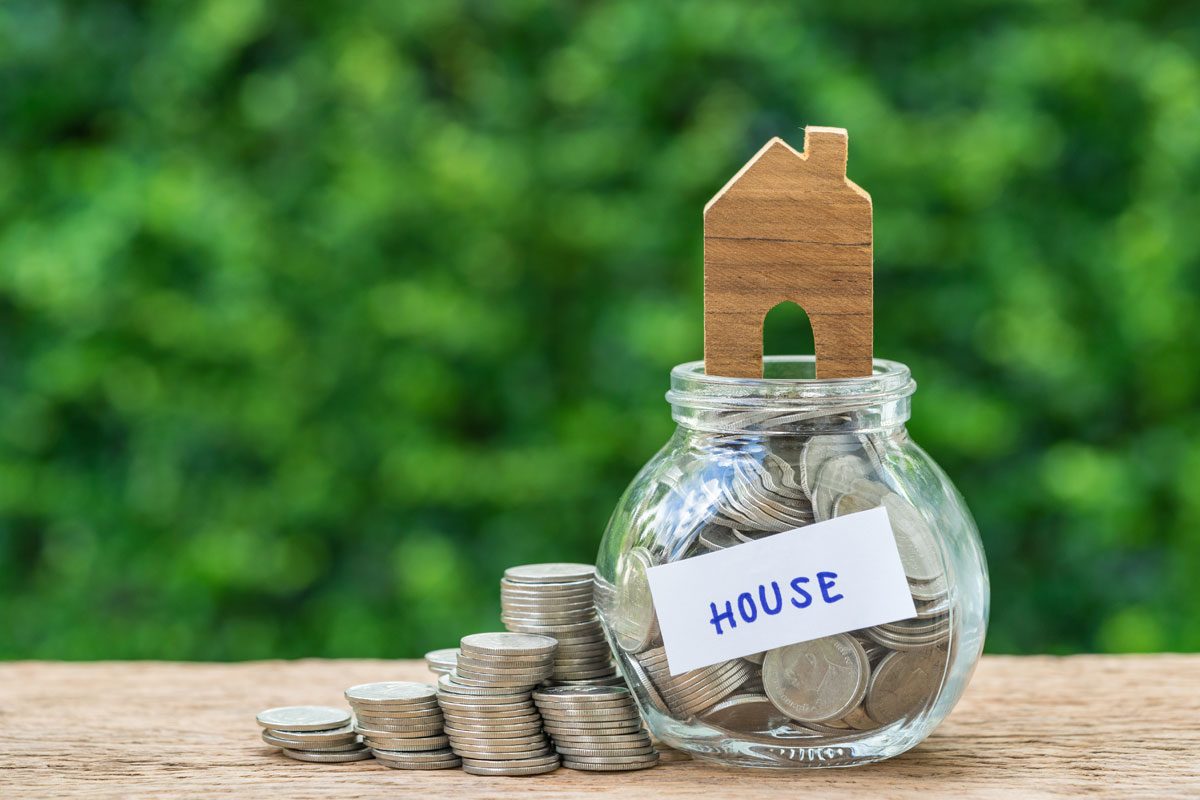How Much Home Can I Afford? Your Income and Your Mortgage
Do you know what kind of home you can afford? If not, then we will help you to figure out the best way to tackle your home buying process by tracking your income and finding the best rate for your family.

You know how much money you make, but that doesn’t always mean you know exactly what you can afford when it comes to making a big financial decision like buying a home. You may find yourself asking these questions:
- How much of my income should go towards my mortgage?
- What do the banks allow?
- Does the percentage of my income include all the added fees?
- What can I actually afford?
Don’t stress. We’ve got some answers to these questions, and more to help you find the right mortgage payment for you so that you don’t end up biting off more than you can chew, or making any miscalculations, causing you to struggle to make monthly payments and risk losing your home.
The big picture
The first thing you need to realize when it comes to paying for your home is that the amount you pay every month will include more than just your mortgage itself. You’ll also have to consider the initial down payment, the interest and closing costs on the loan, your property taxes, and insurance like homeowner’s insurance or private mortgage insurance (PMI). [link article to types of insurance]
What the bank will say
Unfortunately, it’s easy to get caught up in the excitement of buying a home and what the banks will tell you can afford. However, they’re likely telling you the maximum dollar amount that you qualify for, which could sound a lot more glamorous than your actual monthly payment. So, how do you know how much you should be budgeting for your home?
The golden rule of mortgages
Some will argue that only 25% of your income should go towards financing your home, and others suggest up to 35%, the great rule of thumb when it comes to mortgage is 28% of your pre-tax income. Why? While you may be able to afford to spend more, this happy medium ensures that you can make your housing payments, while still being financially prepared for other things that life may throw at you, like having children, any sort of emergency, buying a new car, or losing your job. You’ll also need to be sure that you’re on top of other debts.
The total debt rules
While balancing your home loan, you also need to factor in your other payments like credit cards, student loans, bills, etc. When you add all of these together with your home payments, you should only be paying up to 40% of your pre-tax income, but that is the absolute maximum, so many experts suggest a nice medium of 36%.
Saving for the down payment
Realistically, a good portion of your income should also be going towards your down payment. After all, that’s kind of the golden ticket into actually owning your home. Best case scenario, you’d be paying a 20% down payment on your home, making an initial deposit of the cost of 20% of the property. This puts you in the best position to avoid PMI by telling the lenders that you are not a high risk.
However, many Americans can’t afford that full 20% at the beginning, what with the average cost of a home at more than $300,000. So, most home-buyers are putting down 11%, and first-time buyers only 4%. There are many loan programs that will allow you to pay these lower down payments, but again, that just means you’ll be paying insurance that adds up in the end with about an additional 1% payment per month.
The closing costs and prepaid expenses
Beyond the down payment and the loan, itself, you’ll have to pay a closing cost upon the end of your loan term. This can be up to 5% of the entire loan, so a whopping $10,000 on a loan of $200,000. Each lender will be different, so look around and choose from one that fits best what you think you can afford. Generally, this money will come from what you’re saving for your down payment, so be sure that you’re keeping an eye on this up front. You may have the option of a lower closing cost, but with higher interest rates - it all depends on the lender.
But that’s not all. You also will have to factor in prepaid expenses such as homeowner’s association fees, homeowner’s insurance, and whether you need to prepay your property taxes.
Adding it all up
So, by now you’re probably saying, “Ok Prebake, what does all of this mean?” These were a lot of different factors and numbers and percentages to consider. So, let’s break it down into three parts:
- Your maximum debt payment: This should ideally be around 36% of your pre-tax income, but again, can be as high as 40%. It will include all your home payments as well as any other debts you are paying off like auto loans or student loans.
- Your total home paymentshould be about 32% of your monthly pre-tax income, including your mortgage and all those fees like insurance and closing costs.
- Finally, your mortgage should not exceed 28%of your monthly pre-tax income.
It’s like a reverse snowball effect, each of your various payments affecting each other, but starting with the big picture. It makes your life easier to consider all payments before getting to your mortgage, because if you’re in a ton of other debt, it doesn’t make sense to have that full 28% of your income going towards your home loan. It’s just not sustainable. Instead, take the time to dedicate that money towards your other expenses, and go bigger on the dream home in the future.
To make it a little clearer, we’ll do the calculations for you with an example. Feel free to use this and replace our numbers with your own income as your guide:
Say that your annual household income is $55,000, which, divided by 12 translates to about $4,583 per month.
Take that monthly income and multiply it by 0.36 to determine what’s your maximum total debt spend. (Or, if you know in advance you have a lot of debt to pay off in addition to this home loan, you can multiply by 0.4.)
This leaves you with somewhere between $1,650 and $1,833 as your monthly benchmark. If you already know the total of the rest of your debt payments, you can subtract that to find the maximum cost of your mortgage. Or, you can do the reverse.
Multiply your monthly income by 0.32 (in this example that would be $1,283) and subtract this number from your total debt spend. That would tell you the amount of additional debt you could afford after factoring in your mortgage and other associated home fees.
Final thoughts
All this information can be a lot to handle, so take your time. Do all these calculations and start saving up to figure out whether this plan sounds like it will be something you can realistically work towards. With the right preparation and mindset, you’ll be able to balance it all.





